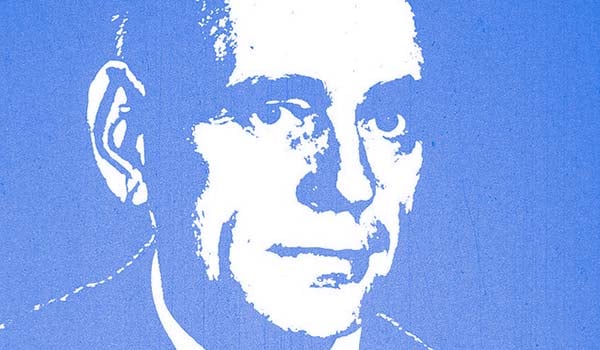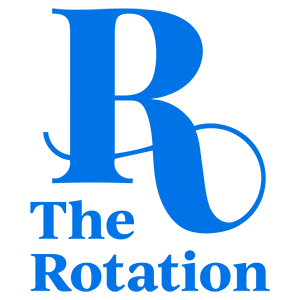In the vast landscape of healthcare professions, the role of the PA has emerged as a critical component in delivering quality patient care. The roots of the profession can be traced back to the selfless service of army medics returning from the battlefield. In this blog post, we will explore the fascinating origin story of the PA profession and its transformation from a response to wartime healthcare needs to a vital pillar of modern medical practice.
A Time of Need
Following World War II, the United States witnessed a surge in veterans returning from the battlefield in need of medical care. The increased demand placed a strain on the healthcare system, which struggled to meet the needs of these brave soldiers. In fact, the United States was in the midst of a severe shortage of all types of clinical, nursing, and allied health personnel and it was projected that this shortage would persist well into the 1980s. Meanwhile, nearly 32,000 men and women with clinical, nursing, and allied health skills were being discharged from the Armed Services annually.
Recognizing the necessity of skilled healthcare providers to bridge this gap and the opportunity to leverage the skills of a large group of veterans, the medical community sought an innovative solution.
The Birth of a New Profession
During the World War II and the Korean War, army medics had proven themselves to be highly competent and resourceful. Drawing from their extensive training and experience, these medics possessed a unique skill set that made them ideal candidates for addressing the healthcare challenges faced by the general population and by returning veterans in particular.
Inspired by the capabilities of these army medics and corpsmen who contributed to various specialty units at Duke, Dr. Eugene A. Stead Jr. established the first-ever formal PA training program in 1965 at Duke University. The program aimed to develop highly trained medical professionals who could assist physicians in diagnosing and treating patients, and in this way augment the capabilities of the healthcare workforce.
"Unlike military personnel trained in aviation that had easy access to civilian jobs, the people with health care experience, except nurses, when discharged, had no place available to them in medicine of any kind. That seemed ridiculous to us since manpower needs were greater than we could supply. Seemed the ideal thing for us to do was to start with corpsmen."
— Dr. Eugene A. Stead Jr.
The Role of the VA
Shortly after the graduation of the first class of PAs from the Duke University program in October of 1967, the VHA became the first employer of PA’s as they began using these graduates in the VA facility in Durham, NC. Although the Duke PA program never relied on the VA as a direct funding source, it did take advantage of using the VA based faculty to teach didactic courses and VA attending physicians and residents to teach and evaluate students during clinical rotations.
Based on the early success at Duke University, the VA sponsored PA programs at the Baylor College of Medicine in Houston, TX, and the University of Oklahoma in Oklahoma City, among others. Since the early 1970s, the VHA has been a leading proponent in advocating for and employing PAs.
Today, the VA is the largest employer of PAs in the country with approximately 2,300 PA’s working in the VA health system across nearly every specialty and continues to play an important role in the clinical education of PA students.
A Collaborative Approach to Healthcare
In PA programs today, the educational approach encompasses a comprehensive curriculum, including medical theory, practical application, and clinical rotations. This diverse training equips PAs with the necessary knowledge and skills to conduct physical examinations, diagnose illnesses, develop treatment plans, prescribe medications, and provide patient education.
Over time, the PA profession has evolved to encompass various specialties, such as primary care, surgery, emergency medicine, pediatrics, and more. PAs work closely with physicians, nurses, and other healthcare professionals to deliver patient-centered care, enhancing access to healthcare services and improving overall patient outcomes.
Contributions and Impact
The PA profession owes its origins to the exceptional skills and experience of army medics returning from service. From the pressing need to care for veterans after World War II and the Korean War, the PA profession has grown into an essential component of the healthcare system. Today, PAs continue to uphold the values of their predecessors, providing compassionate and skilled care to patients while collaborating with physicians to meet diverse healthcare needs.
PAs have proven themselves to be indispensable members of healthcare teams, particularly in veteran’s healthcare, underserved communities, rural areas, and areas with limited access to physicians. Their ability to provide quality care, support physicians, and enhance patient satisfaction has made them an integral part of modern healthcare delivery.



